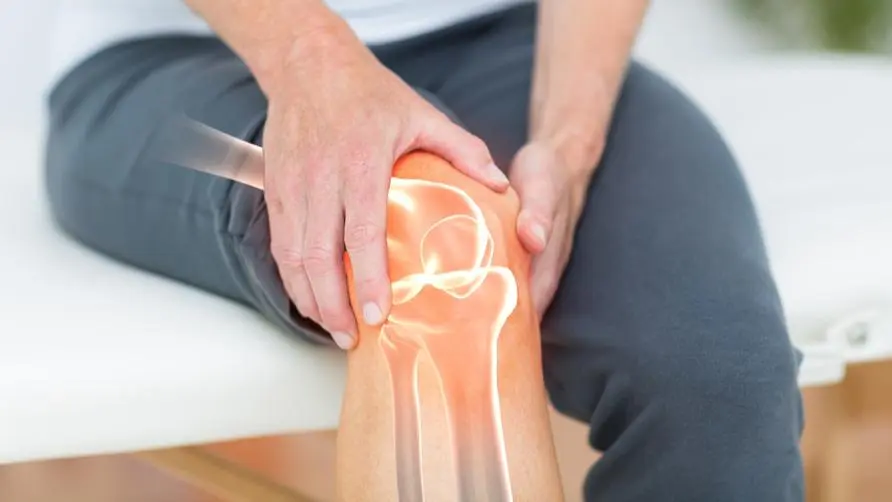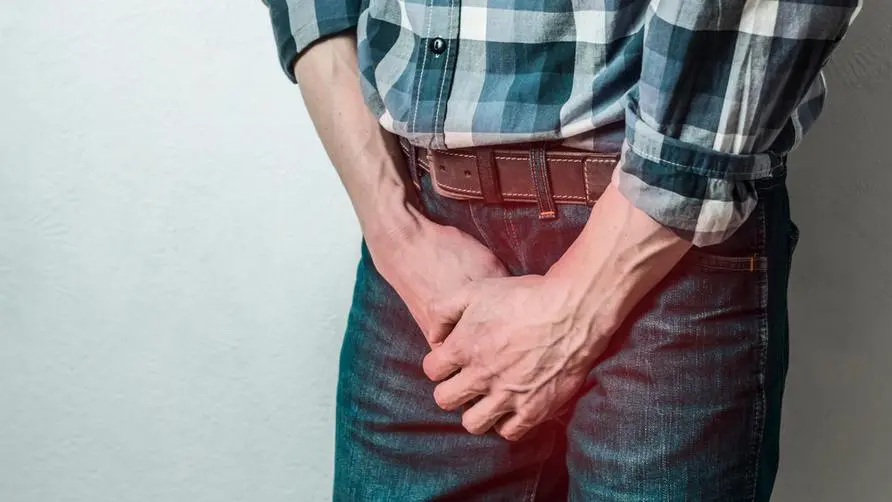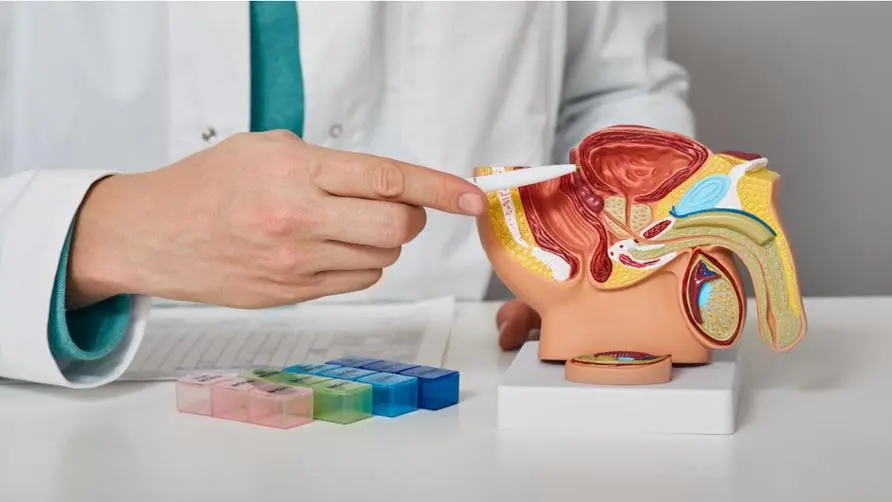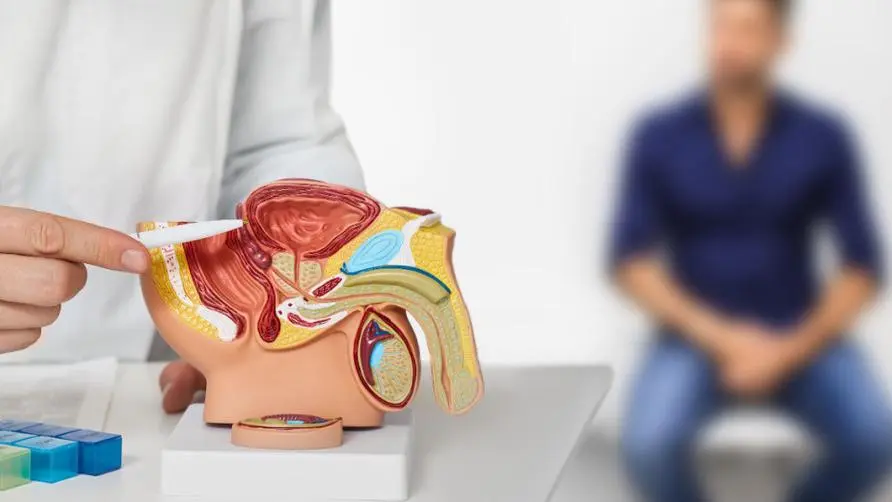Is it even difficult for veteran doctors to tell the difference? He frequently went to the toilet and thought he had "enlarged prostate". A checkup revealed that he had stage 1 prostate cancer.
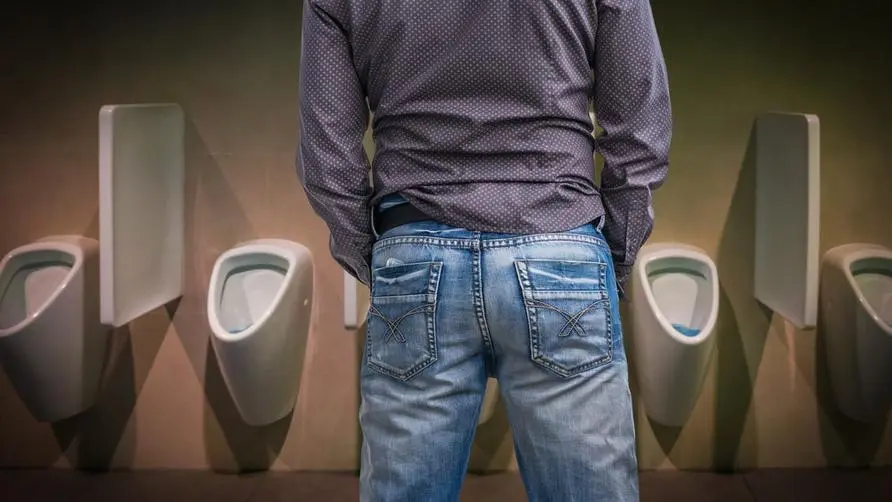
Nocturia, frequent urination, and difficulty in ejaculation are the “8 symptoms” of prostate cancer that even veteran doctors find difficult to identify.
In recent years, about 4,000 people in Taiwan are newly diagnosed with prostate cancer every year. According to statistics from the Ministry of Health and Welfare in 2021, prostate cancer ranks fifth among the top ten cancer mortality rates among Taiwanese, with 1,689 deaths, every 10 Prostate cancer kills 14.5 people per 10,000 people. Prostate cancer has become a common cancer in men, and it mostly occurs in those over 60 years old.
According to guidelines published by the U.S. Centers for Disease Control and Prevention (CDC), the following symptoms are likely to be precursors to prostate cancer and require immediate medical attention and treatment:
Start having difficulty urinating.
Weak or interrupted urine flow.
Frequent urination at night.
Inability to completely empty your bladder.
Pain or burning during urination.
Blood in urine or semen.
Pain in your back, hip, or pelvis that won’t go away.
Severe pain during ejaculation.
However, even doctors with rich medical knowledge find it difficult to distinguish the differences between the symptoms of “prostate hypertrophy” and “prostate cancer”. Dr. Liang Jiajun of the Radiation Oncology Department of the Cheng Ching Hospital Chung Kang Branch said that there was a 68-year-old patient who worked as a physician in the clinic. In recent years, he often urinated frequently during consultations. He thought he had prostate hypertrophy and sought medical treatment. After examination, he found that Tumors in the prostate are approximately 0.5 cm in size. After photon knife radiation therapy, the patient’s prostate cancer completely disappeared.
He frequently went to the toilet and thought it was just “enlarged prostate”. After testing, it was found that he had stage one prostate cancer.
Doctor Liang Jiajun pointed out that because of his excellent medical skills and friendly service, there was an endless stream of people seeking treatment in the clinic. However, the embarrassing thing is that this patient often suffers from “sudden urinary urgency” when seeing patients. If he does not temporarily put down his work to urinate, but feels that he cannot urinate completely, he feels deeply sorry for the people who see him. The patient thought he had prostate hypertrophy and sought medical treatment, and the urology department also performed prostate curettage surgery for him.
Dr. Liang Jiajun said that after the operation, the tissue scraped from the patient’s body was tested and the results showed that there were a very small amount of cancer cells. Although the tumor index was 3.5 in the normal range, a tumor of about 0.5 cm was seen on MRI. He was diagnosed with stage 1 prostate cancer. A reexamination about a year and a half later revealed that the tumor index had risen to 7.1 and the tumor had grown to 0.9 cm. The patient stated that he did not want to undergo surgery to completely remove his prostate. Therefore, after much thought, I decided to undergo “Photon Knife Radiation Therapy” in the hope of preserving the integrity of my prostate.
“This radiotherapy” has low side effects and no need to hang a urine bag! The biggest advantage of medical exposure: it does not affect the patient’s work
Dr. Liang Jiajun pointed out that after 37 treatments of once-daily photon knife radiation therapy, the patient’s prostate tumor has completely disappeared, and the tumor index has also dropped to 0.76. The treatment effect is remarkable. The most important thing is that photon knife radiation therapy has low side effects; there is no need to put a urinary catheter or hang a urine bag after the operation, so that the patient’s work during the treatment is not affected at all. The current treatment for prostate cancer is a combination of radiation therapy and surgery. Patients can choose the best treatment method for themselves.
Dr. Liang Jiajun further said that among more than 30 patients who have received photon knife treatment for prostate cancer over the past three years, more than 90% of the prostate cancer has completely disappeared. This may be because prostate cancer is highly sensitive to radiation. Its therapeutic effect is also relatively effective.
Since the early symptoms of prostate cancer are similar to those of prostate hypertrophy, including nocturia, frequent urination, unclean urination, straining to urinate, etc., it is clinically found in Taiwan that about 30% of prostate cancer patients are diagnosed when In the fourth stage, cancer cells have usually metastasized to bones and other places, thus delaying the golden opportunity for treatment. Therefore, Liangjiajun doctors urge that if men have the above-mentioned urinary tract symptoms, they must seek medical treatment as soon as possible.
Source:
Further reading:
